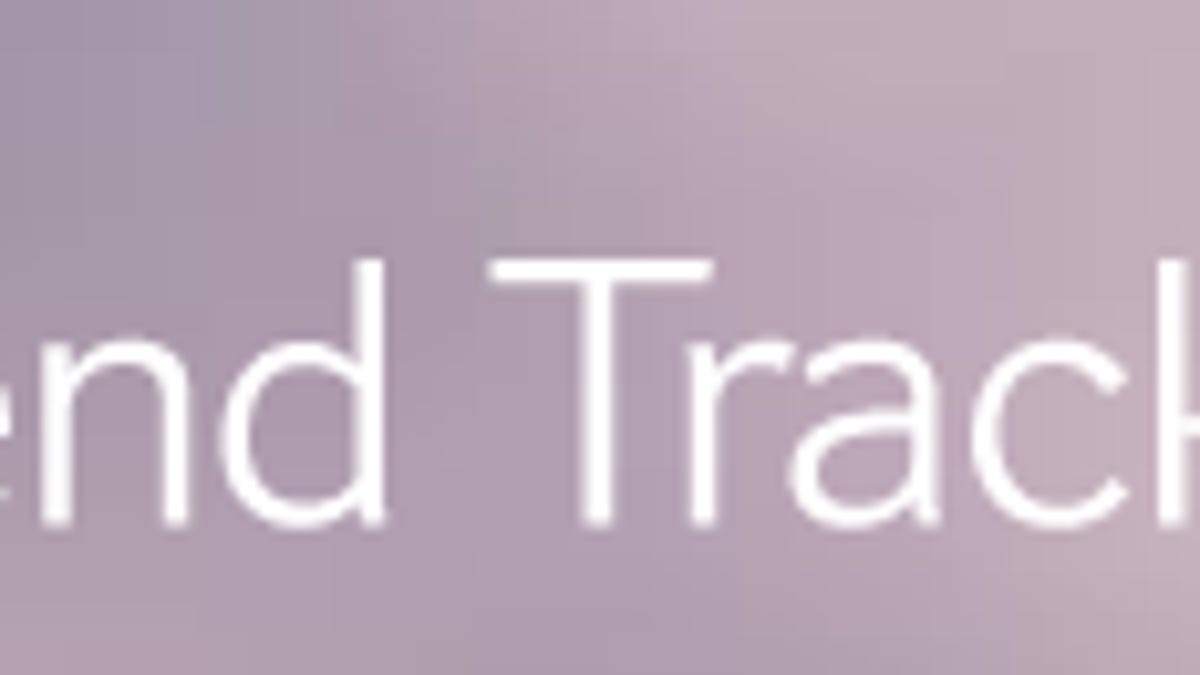Trend Tracker sees emerging Twitter trends
Want to see a visual history of the top 30 trending topics on Twitter? A new tool called Trend Tracker can show you what's hot right now, and what will be hot next.
Finding the hot conversation keeps getting easier, but predicting what the next big trend will be continues to be a crapshoot. Palm and Federated Media have teamed up to create a new tool called Trend Tracker that does its best to figure out, what in fact the next top trend will be by analyzing items that are gathering buzz.
The system is a mix of tools that can help spot popular URLs and trending topics before they hit it big. But it's more about organizing that data in a simple-to-parse format.
Included are the current top 30 trending topics on Twitter, which can be stacked up against each other to see what's pulling in the highest percentage of tweets. Each trend is represented over a 24-hour time line, where you can see how each particular trend has gone up or down in popularity.
But 24 hours doesn't tell the full story, which is why the tool will soon expand to keep an archive that covers the last 10 or 30 days.
Along with the top 30 trends, Trend Tracker includes a "Pre Trend Watch" (emphasis mine) which tracks five up-and-coming trends that are about to break into the top 10 based on their velocity--the speed in which tweets on that particular topic are gaining in popularity. These are also marked in the trend archive with a little blue flag.
When I was looking at the tool last week, one of the most interesting things this picked up on was the cyclical nature of trending. Words like "sleep" and "night" picked up speed and prominence depending on the time of day. Using Trend Tracker's frequency graph, you're able to look at the last 24 hours, and see what time of day they began to rise or fall in use--that's not something you can see through Twitter proper.
To add to that, there's also a map layer that shows you an animated view of where tweets in any particular trend originated. Again, in the case of "sleep" and "night" you could play back an entire day of activity and see a huge cluster of when the word or phrase gained its prominence.
For most people I'm guessing Trend Tracker will be something they play with a few times and forget, but there's some real value here over Twitter's own trend highlighting offerings. If you want to see when and where something originated, as well as how popular it was at any given time of day, this offers both sets of data and in a very easy to use format; you don't even need to do any detective work in Twitter's search engine to find that out.


